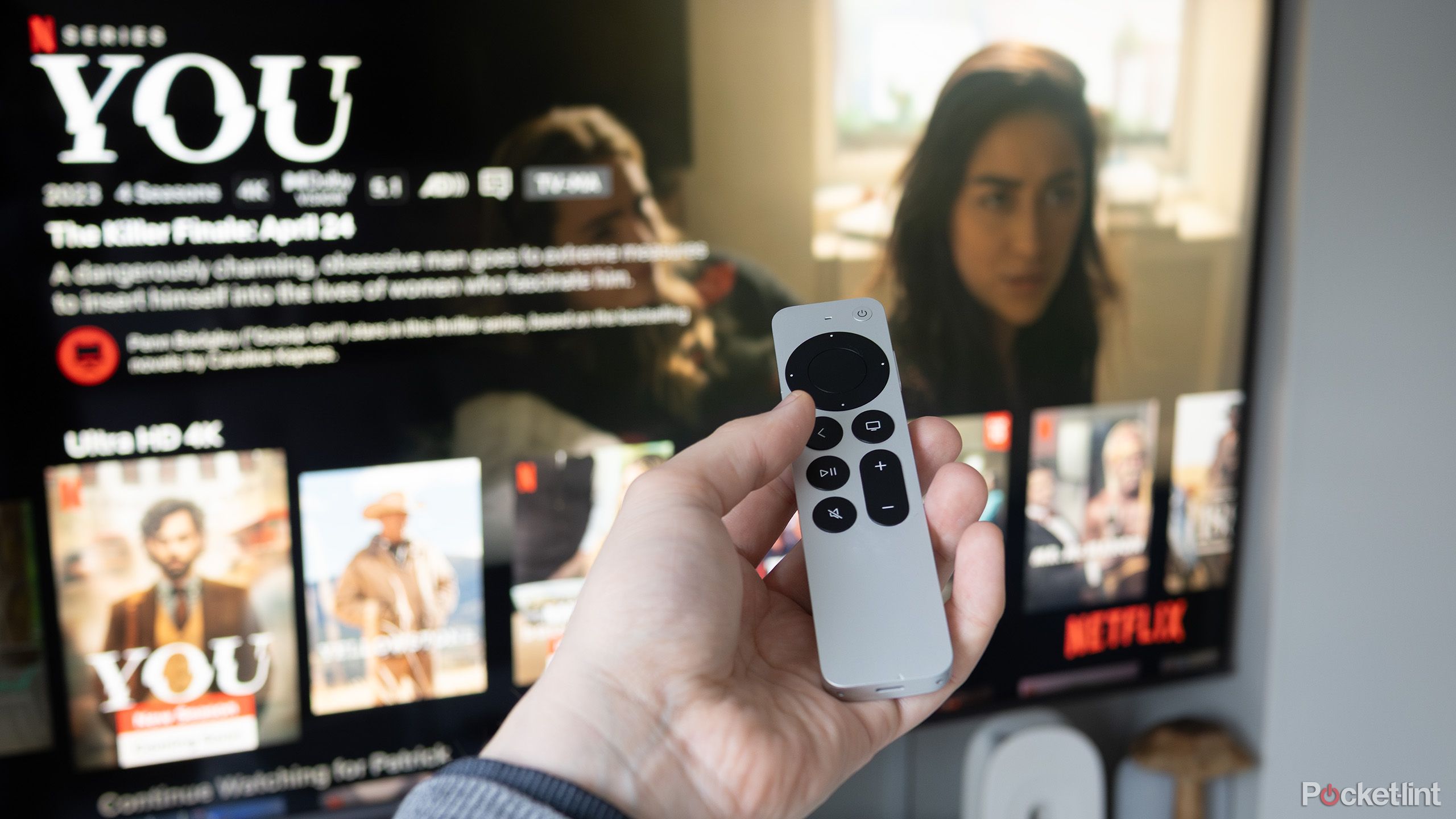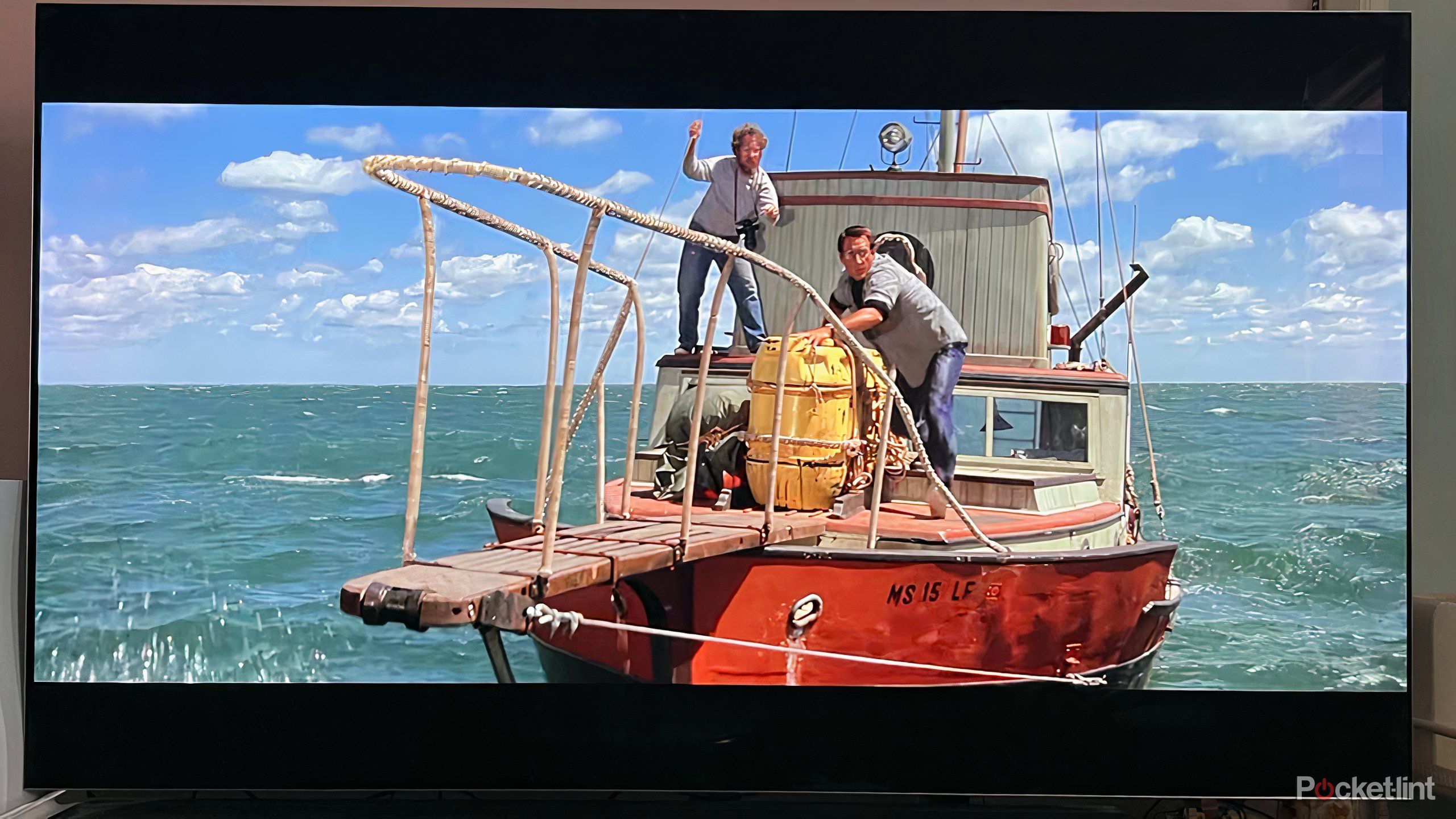Summary
- Downscaling adapts high-quality source material for screens that can’t handle it.
- Incompatibility during transmission triggers the automatic downscaling process.
- Downsizing can lead to loss of detail, motion clarity, and HDR quality.
A common feature on smart TVs is the process of upscaling, in which source material of a lesser quality is improved to better match the capabilities of the higher-quality screen. It typically happens when you have a 4K TV, and you’re watching older titles that were shot in FHD resolution. The TV can improve the look of what you’re watching; it can’t transform it into 4K resolution since it wasn’t natively shot in that, but with software processes, the TV can make the video look much better.
While upscaling is often a selling point TVs and a feature often understood by consumers, the opposite effect of downscaling is less talked about. However, it’s just as important, because if your source material isn’t a perfect match with your TV, this process may take place without you even realizing it. It’s worth understanding how downscaling works, and when it may be happening.
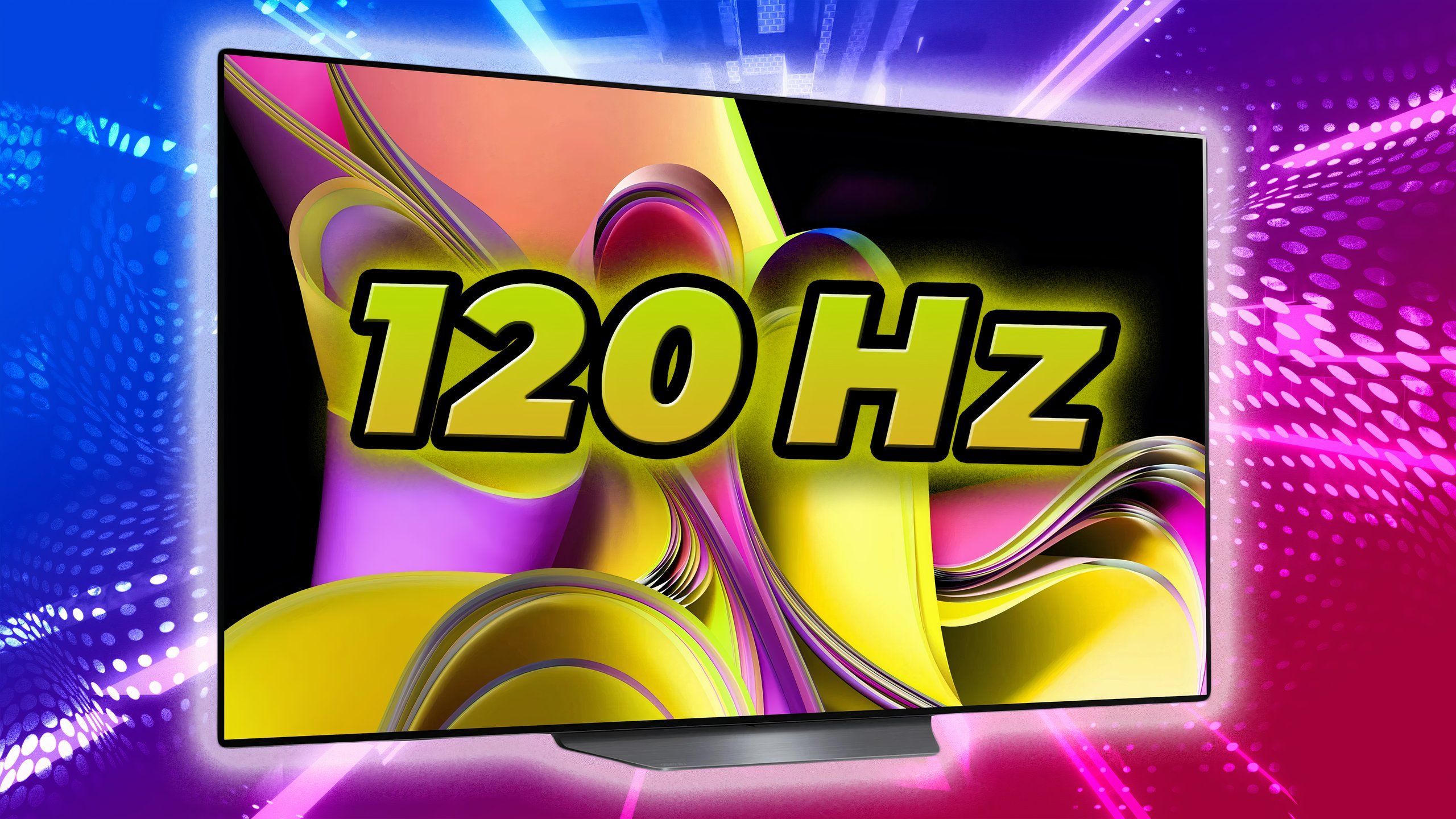
Related
Don’t get too excited by this new smart TV feature
The latest smart TVs feature a higher refresh rate, but it doesn’t matter to most viewers.
What is downscaling in a smart TV?
The opposite of upscaling occurs with a lesser screen
Like upscaling, downscaling is a process that takes place within your smart TV to make the source material better suited to what the TV is capable of. However, instead of improving the source material to make it more suited to a TV that offers better detail, color, and contrast, for example, downscaling condenses source material of better quality to fit within the limited scope of a TV that lacks certain standards.
Basically, downscaling takes place when you’re watching something of great quality on a TV that can’t handle it. Downscaling specifically refers to resolution; if you’re watching 4K content on an FHD or 1080p screen, then the TV will remove pixels so that the image fits the screen.

Related
Upscaling isn’t what you think it is. Here’s what this feature really does
This automatic process found on most TVs is key to a quality image on screen.
How and when downscaling is triggered
Incompatibility in transit causes problems
The main cause of downscaling is when the source material comes in at a higher resolution than your TV can handle. Whether you’re watching a streaming service at 4K or using a next-gen console like a PS5, if you have a screen or monitor that doesn’t support 4K resolution, some downscaling will take place.
There are other less noticeable situations where downscaling may also occur, and it’s helpful to keep these in mind in case you’re watching something that feels a little off. Most downscaling occurs because of a lack of consistency between the source material and final output, but sometimes the connection in between isn’t up to task. If you’re streaming content, but your Wi-Fi isn’t fast or strong enough to handle the material, some services may downscale to prevent buggering and lagging.
It may also occur if you’re not using the right HDMI cable in the right port; while HDMI 2.1 provides support for 4K resolution, previous iterations do not. You also need to make sure your HDMI cable is plugged into the appropriate port in your TV. Not every slot may support HDMI 2.1.
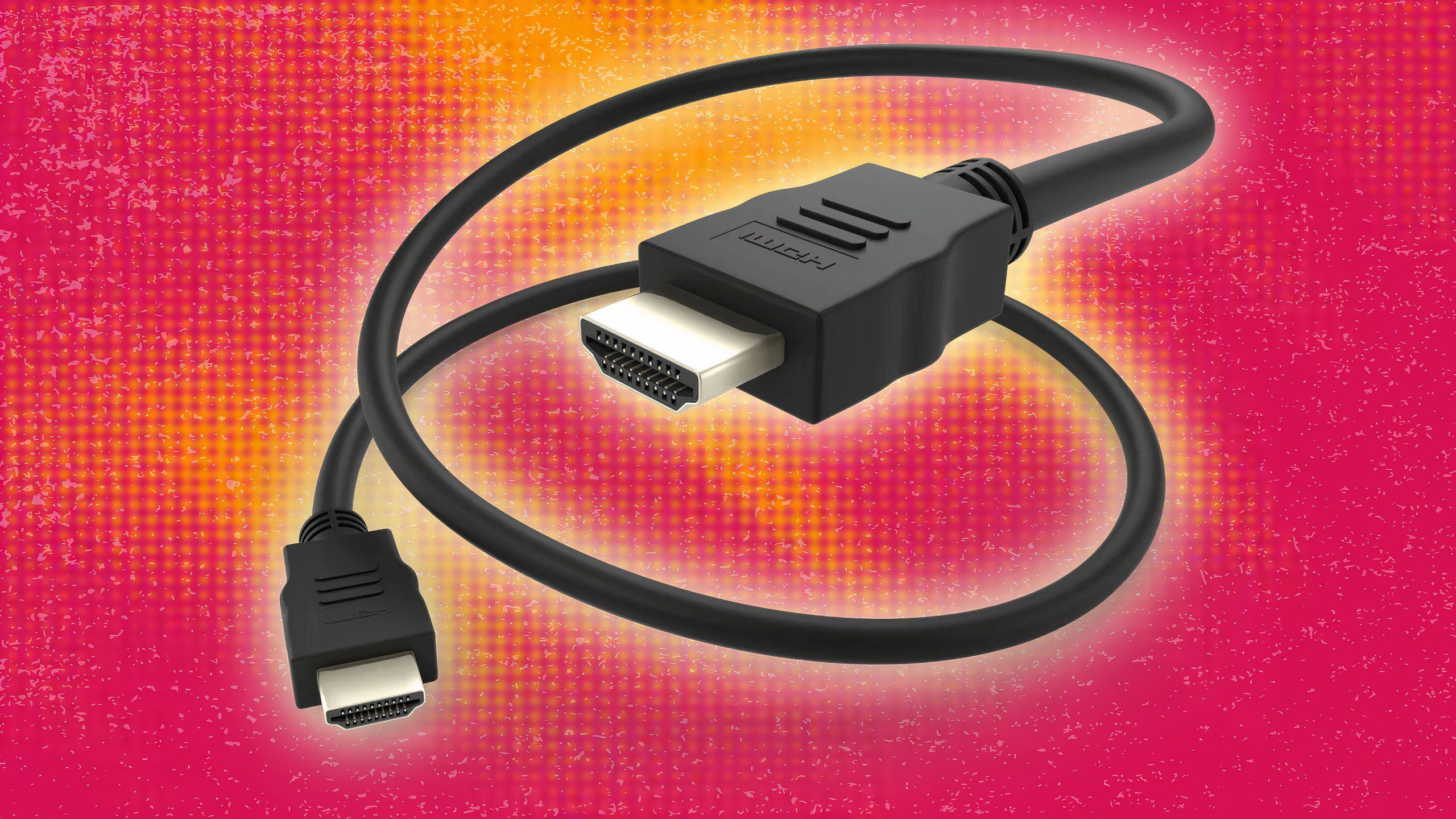
Related
Not all the HDMI ports on your smart TV are the same
Be sure to use the right cable in the right location to optimize audio and video quality.
The negative effects of downscaling
Losing HDR influences video quality
When your TV downscales material, there may be some sacrifices made. You’ll lose some detail and sharpness, but perhaps more worrying is that High Dynamic Range (HDR) might also be affected. If your TV isn’t able to maintain HDR when downscaling, you’ll notice a drop-off in color, contrast, and brightness. Instead of HDR, your TV will resort to Standard Dynamic Range (SDR), which has a much more limited range when it comes to brightness and color. Basically, the picture will be more muted and less vivid.
Some TVs will maintain HDR at lower resolutions, but others may not. The same goes for streaming services; if downscaling occurs, they may lose HDR as well.
Motion clarity may also be a victim of downscaling, with the image on screen appearing less smooth with potential judder; this would be most noticeable when watching older action movies.
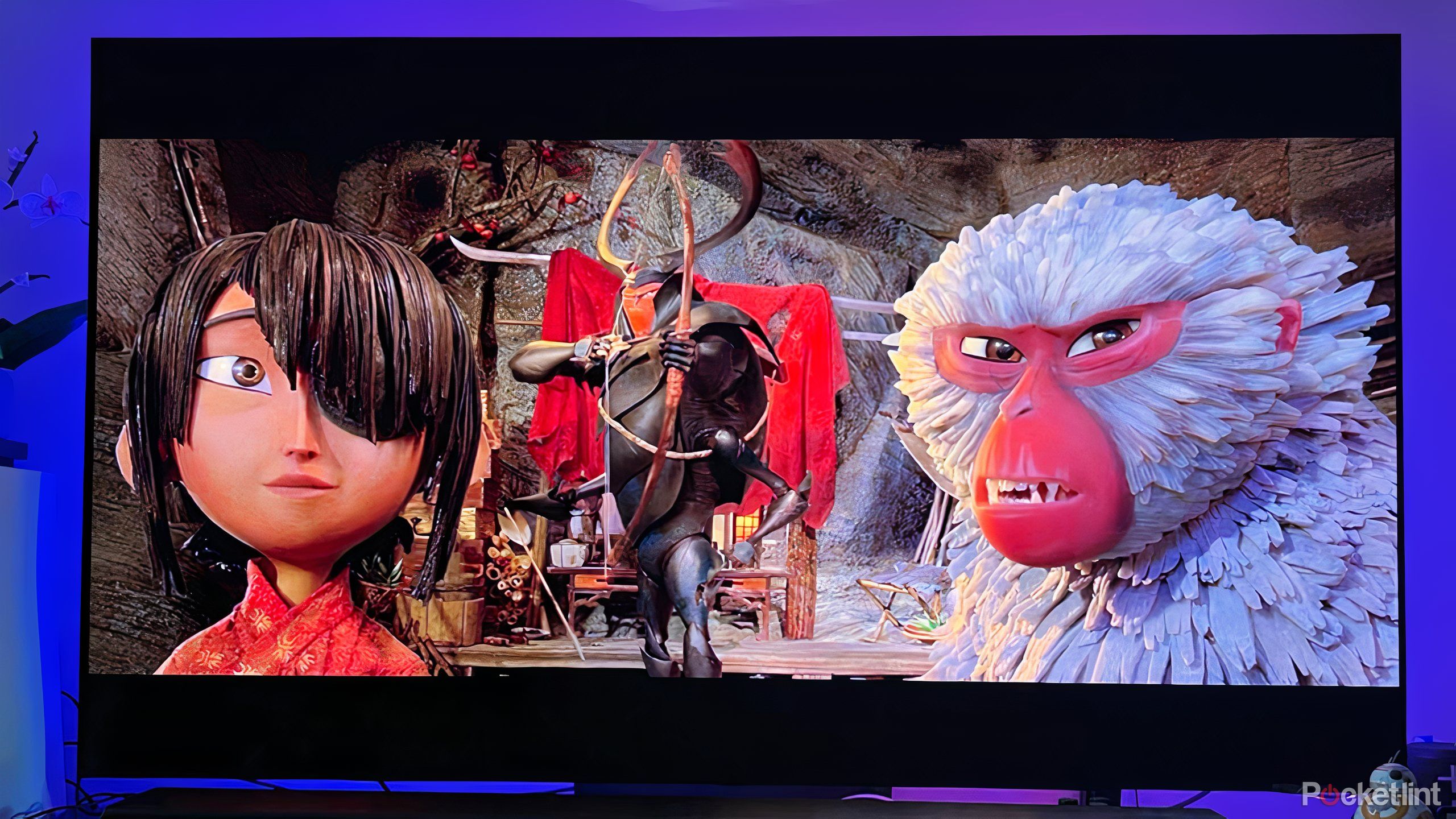
Related
HDR could be ruining your TV
High dynamic range improves color and contrast if your TV is up to the task.
Differences in downscaling quality
Seek our trusted brands and powerful processors
How well or poorly a TV performs downscaling will depend on its software and processing power. Higher-quality TVs will offer better downscaling than cheaper, more inferior models. Models with better processors, like those in the top tiers of Sony and LG, for example, will offer better downscaling than some budget-friendly models made by Amazon. Of course, if you have a new, high-end TV, there aren’t a lot of scenarios in which downscaling may occur, but varied usage, including casting, watching YouTube videos, connecting a console or media player, or using a split-screen feature, may still require some processing and downscaling.
It’s also worth noting that sometimes downscaling doesn’t have anything to do with your TV; sometimes it takes place prior to arrival. A streaming service may downscale titles to save bandwidth, while consoles, media players, or streaming devices may have their own downscaling processes that happen internally before reaching the screen. You’ll also want to beware of pirated material that may have a variety of processes done to it before you press play.
Downscaling is an important process to keep in mind, especially if you have an older TV. Invest in a trusted TV brand and keep in mind what you watch and how you prefer to watch it. The best way to enjoy media is by ensuring your source material, transmission process, and screen output are all compatible.
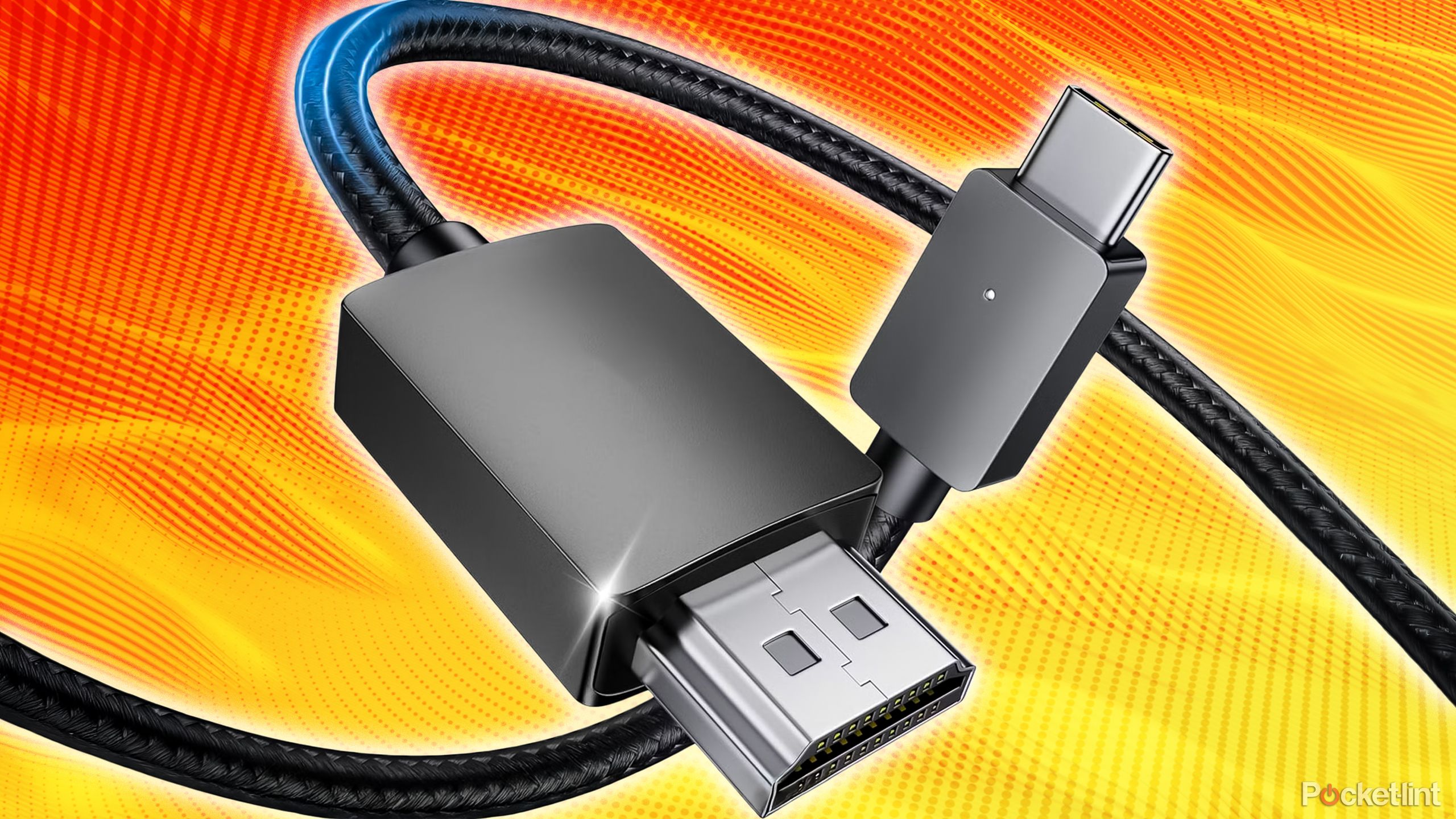
Related
Your TV is probably using HDMI-CEC right now, even if you’ve never heard of it
This feature makes your entertainment experience more convenient. Most of the time.






